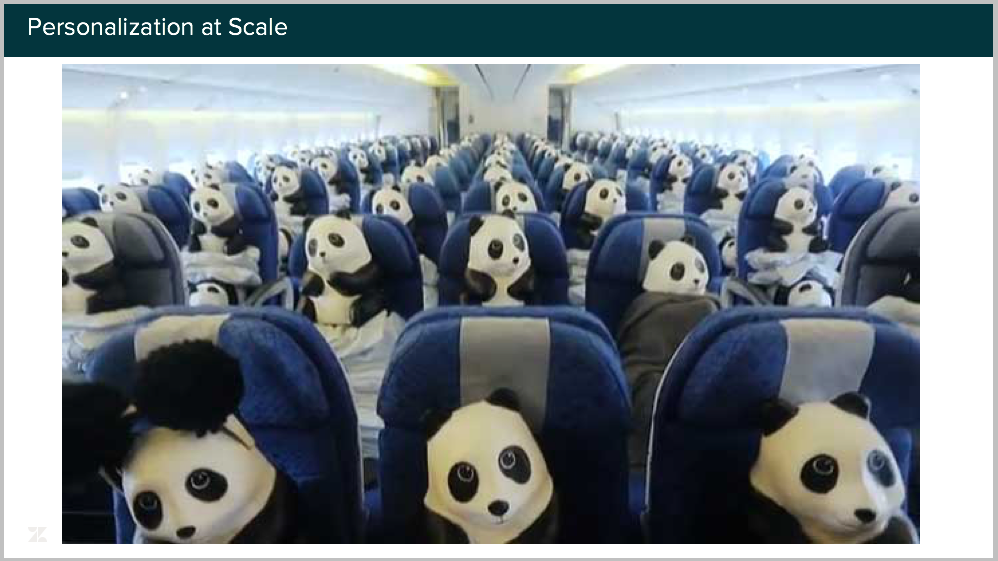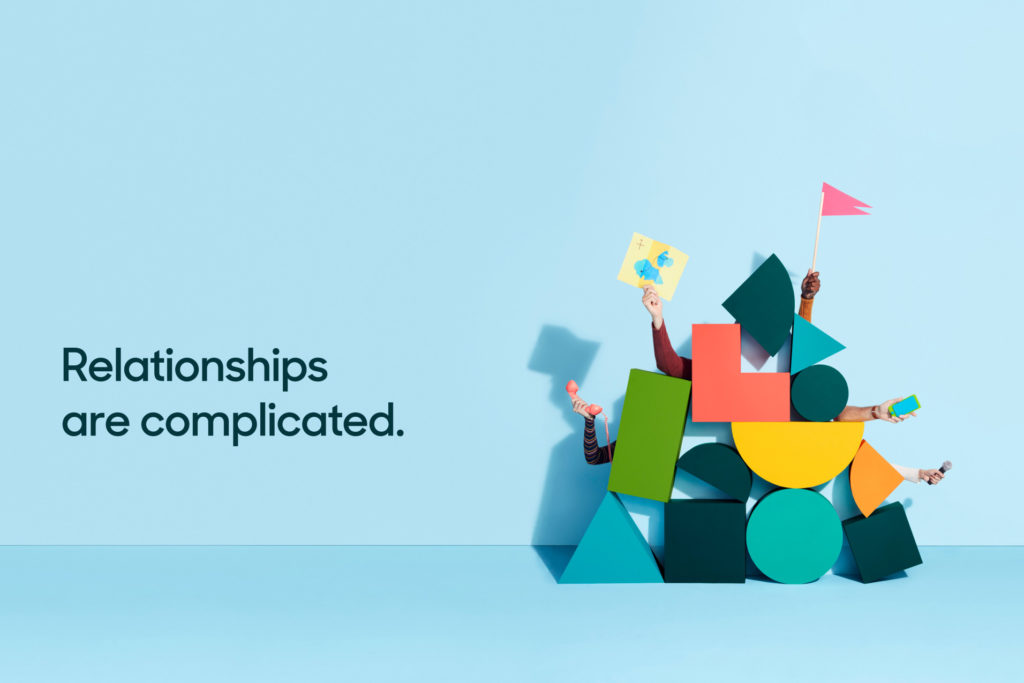Zendesk is a family of products that helps companies manage the entire customer lifecycle in different ways. They are on a scale that is uncommon for B2B companies, with a $350M run rate, 90K paying customers, and an additional 50-100K free or trial customers at any given time.
At Customer Success Summit 2017, Sam Boonin, VP of Product Strategy at Zendesk, gave a keynote address where he pointed out that “relationships between businesses and consumers are complicated,” because what they want is different. Businesses want loyalty, repeat business, trust, and evangelism, while consumers are demanding responsiveness, transparency, and empowerment. Zendesk enjoys its position at the intersection of the two.
Sam shared a fairly unique perspective (at least in the context of a conference focused on customer success professionals) in his keynote address: the viewpoint of a product manager on the customer success movement.
As Zendesk grew and invested in people, the business and processes became complicated. So Product was needed to help un-complicate. Sam’s philosophy: “In a perfect world, our products hit the customer needs so well that humans don’t need to be involved at all.” This isn’t a perfect world, but the question was – how could they invest in customer success from a product-first perspective?
Here’s what they did:
- Rebuilt Trial UX: Used data to understand conversion and make the trial experience more guided
- Focused on Onboarding: Accepted that all features are not created equal or consumed at the same time
- Implemented Education via In-Product Messaging: Made it easy for people to reach out when they were engaged in a product
- Managed Product Data Explosion: Product had the best data so they organized, managed, and shared with other departments better
- Drove Product Data Warehouse Self-Service: Created dashboards from data warehouse and gave broad internal access. The biggest users of the dashboards were CSMs, who were enormous consumers of usage data
- Reconsidered “Web Try Buy” Funnel: Developed a framework where all Zendesk features and products are a series of funnels within funnels
After all of their changes, it’s still true that in a complicated, signal-rich environment, it’s difficult to identify the product things that can be changed to drive the desired customer outcomes. Sam believes that the ultimate solve for this is personalization at scale (and he had this hilarious slide to demonstrate his point):

In conclusion, these were Sam’s final lessons learned while implementing the customer-centric changes to the Zendesk product:
- Sales/Success
vs.complements Product – the human touch complements the product experience - Get great at what you are already good at – innovate your strengths
- Every experiment becomes legacy if you’re not careful – every time you add a feature/sales channel/product/etc, it can become legacy, so you must have a good “end of life” program in place to retire features
- Segments are good but too many are really bad – balance and keeping things as simple as possible is really important
- Missions matter – as you grow, everyone’s job gets more specific (except for your CEO), so it’s important for individual persons and teams to have a mission
For product screenshots of the tests and changes made by Zendesk’s product team, see the slides of Sam’s presentation here.
To watch the his full keynote address, just hit play below:

